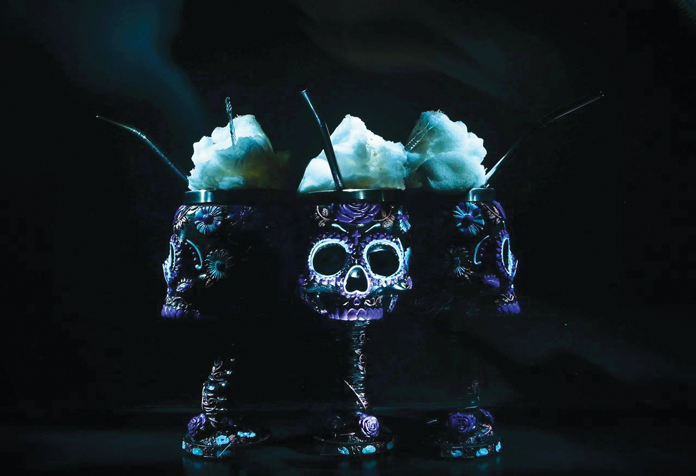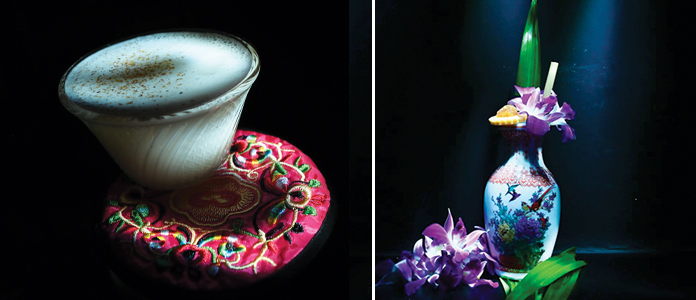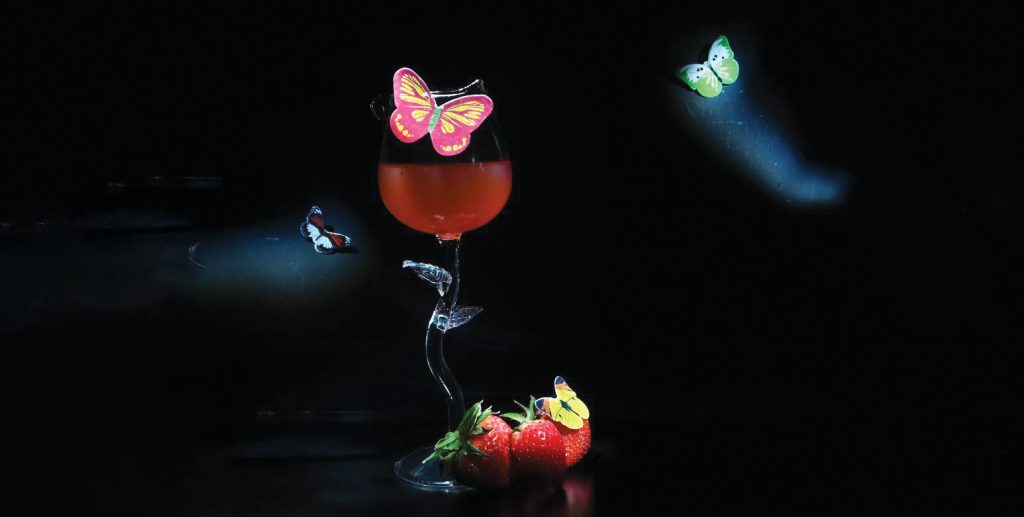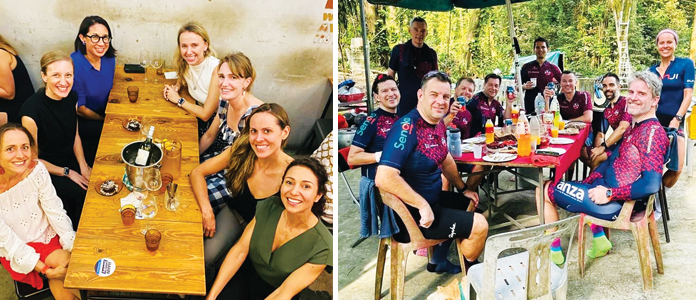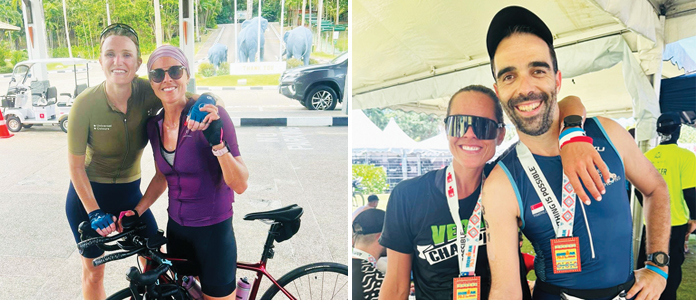 Where are we heading, and why?
Where are we heading, and why?
The heart of Robertson Quay, where BOTANY has just unveiled its ‘Brand New, Same Old’ transformation. Spot the stylish, sun-drenched space by the riverside, ready to welcome locals and travellers alike.
What’s the story behind it?
Launched in 2019 by Cassandra Riene, BOTANY has been a sanctuary blending health-conscious dining with comfort food. After five years, it’s back with a fresh look, but the heart of the place – wellness, inclusivity, and community – remains unchanged. Whether you’re vegan, gluten-free, or a meat lover, BOTANY has something for everyone.
First impressions?
Light, airy, and oh-so-inviting! BOTANY’s new space feels like a calm oasis in the bustle of the city. The natural light floods in, creating a cosy yet uplifting atmosphere. You’ll instantly want to settle in for a leisurely meal, especially with the forest-inspired personality quiz waiting at your table (perfect for sparking a few laughs with friends).
 How’s the atmosphere?
How’s the atmosphere?
Warm, laid-back, and effortlessly cool. By day, BOTANY is your go-to spot for coffee and brunch, but by night, it transforms into a sleek lounge. Whether you’re catching up with friends or celebrating something special, BOTANY feels like the perfect setting for any occasion.
And the food?
A fusion feast! BOTANY’s revamped menu is an East-meets-West delight. Start with the Otah Fritters – a wholesome take on classic fish paste – and the Gochujang Cauli for a crunchy, spicy snack. For mains, the standout is the ‘Hae Mi’ Pasta, a decadent twist on prawn noodles with a rich, umami-packed bisque. Plant-based eaters will love the Impossible Rendang Meatballs – a vegetarian spin on the aromatic classic, or the fan-favourite Impossible Mapo Tofu Bowl, a comforting dish packed with Szechuan flavours.
What about the drinks?
BOTANY’s cocktail game is strong. Sip on the refreshing Lemon Tree with lemon, honey, and beer, or go for Dancing Petals, a playful mix of assam tea, raspberry, and whiskey. For something floral, Rose from the Grey blends Earl Grey with lychee and rosemary. Prefer alcohol-free? Mocktail versions are available too, keeping things light and fun.
When to go?
Grab your girlfriends and head down for Ladies Night every Wednesday (1-for-1 Botanical cocktails, yes please!). Or hit up the Daily Free Flow at $48++, where you can enjoy house wine, beer, and Moscato to your heart’s content.
A space for every occasion
BOTANY’s new look isn’t just about aesthetics – it’s about bringing people together. Whether you’re attending an event by the river or sipping cocktails with the crew, BOTANY continues to be a community hub where good food, good company, and good vibes reign.
It’s safe to say, BOTANY’s ‘Brand New, Same Old’ feels like the place we’ve always known but can’t wait to rediscover.
Botany
86 Robertson Quay #01-03, Singapore 238245
www.botany.com.sg/
www.instagram.com/botany.sg


 There is a significant increase in international school students due to the upsurge of the global expat community. These global students often struggle to get used to a new education system, language, and curriculum. With that, extra academic support outside the classroom is needed to help these students address gaps in their studies. A
There is a significant increase in international school students due to the upsurge of the global expat community. These global students often struggle to get used to a new education system, language, and curriculum. With that, extra academic support outside the classroom is needed to help these students address gaps in their studies. A 



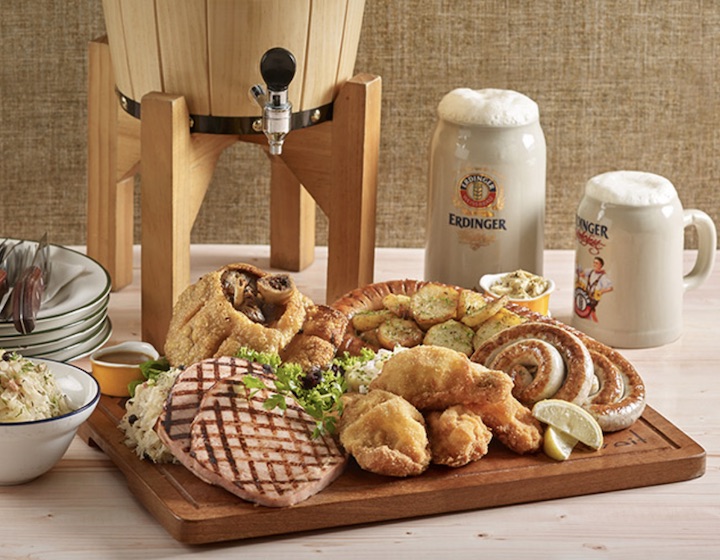
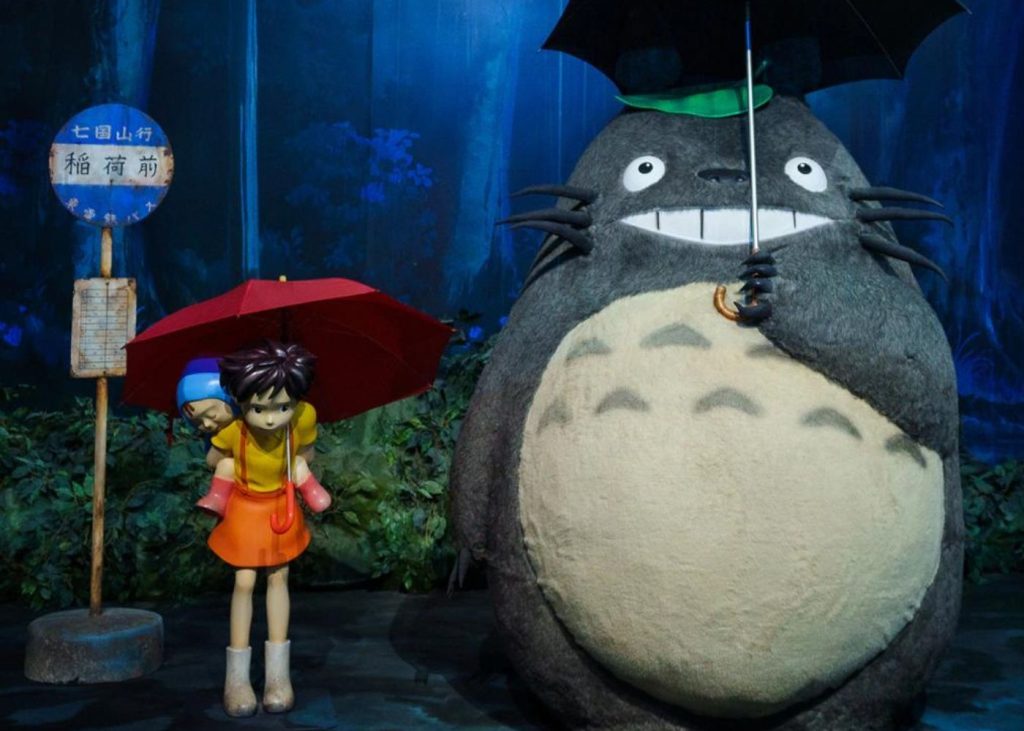


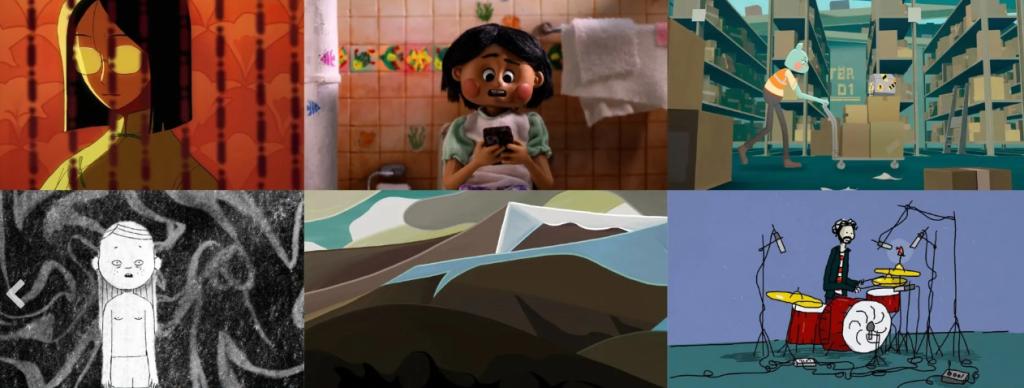
 A
A




 All parents want to bring as much excitement and unforgettable experience to their children’s lives as possible. We always seek ways to fill their days with joy, new knowledge, friends, surprises, and miracles. Especially when it comes to the most anticipated and beloved Christmas time. Well, there is a welcoming place in Singapore where your kids can spend magical and meaningful winter holidays – Newtonshow
All parents want to bring as much excitement and unforgettable experience to their children’s lives as possible. We always seek ways to fill their days with joy, new knowledge, friends, surprises, and miracles. Especially when it comes to the most anticipated and beloved Christmas time. Well, there is a welcoming place in Singapore where your kids can spend magical and meaningful winter holidays – Newtonshow  Newtonshow Autumn And Halloween Camp Programmes
Newtonshow Autumn And Halloween Camp Programmes 